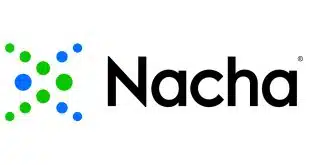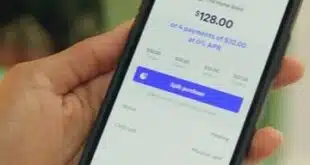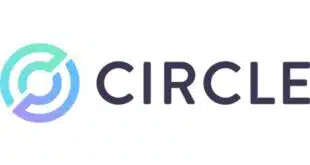As with other recent moves toward contactless payments via mobile phones, Google Inc.’s introduction of a smart phone equipped with near-field communication (NFC) technology comes shrouded with question marks, say mobile-payments players. Google’s move, which it announced on Monday in conjunction with the rollout of a new, NFC-supporting version of its Android operating software for handsets, gives promise of accelerating NFC development in the U.S., but experts point out that the new products don’t immediately solve a host of longstanding issues.
“It’s a necessary but not sufficient condition for NFC,” says Conrad Sheehan, president and chief executive of Chicago-based mobile-payments provider mPayy Inc. One of the biggest problems Google’s move may address is a dearth of mobile devices on the market with embedded NFC chips. The new Google smart phone, which is called the Nexus S and was developed with Samsung Electronics Co., will arrive mid-month equipped with an NFC chip that can securely store a consumer’s digital wallet. Up to now, handset makers have been reluctant to roll out NFC phones in large numbers, uncertain of the technology’s business case. “This at least puts out a hardware prerequisite [for NFC],” says Sheehan. Google did not respond to e-mail questions from Digital Transactions News.
Other handset makers may soon follow suit. Nokia has already introduced an NFC-capable smart phone, and Research in Motion has indicated it is eyeing NFC for its BlackBerry line of smart phones. With a flurry of NFC-related patent filings, Apple Inc. has provoked much speculation that NFC could be coming to the iPhone, as well.
The new Nexus S will be sold exclusively by Best Buy Co. at its stores and on its Web site, carrying a price of $199 with a service plan from T-Mobile USA ($529 without a contract). As Google had informally indicated several weeks ago, the device will feature Gingerbread, the code name for an updated version of Google’s increasingly popular Android software for smart phones. The new phone replaces the Nexus One, a handset Google launched in January and discontinued after a few months, having sold more than 100,000 units.
Observers say the new device fills a void and could spark competitors to speed up plans to launch NFC phones. But the fact remains that there are no implementations in the U.S., beyond scattered pilots, in which consumers could use the phone to conduct NFC transactions. Payment networks and mobile operators remain far apart on key business issues, including revenue sharing. Indeed, the gulf is so wide a consortium of carriers, including T-Mobile as well as AT&T Mobility and Verizon Wireless, launched an NFC joint venture last month called Isis that will bypass Visa Inc. and MasterCard Inc., the two biggest card networks.
Carriers are looking to get paid for rendering key services in support of NFC traffic. Issuers, meanwhile, are accustomed to pocketing the bulk of card-related transaction revenue. Charging higher fees to merchants to support more revenue share isn’t likely to fly, given merchant sensitivity to card fees. “It’s a payment value-chain problem,” Sheehan says, cautioning that the new Google phone and Android OS will do little to solve these issues. “It’s a start,” he says. “Is it a guaranteed finish? No. A lot of questions are open.”
Google, meanwhile, could benefit if NFC capability helps further establish Android on the nation’s smart phones. Already, 61 million people, or one in four U.S. mobile users, are wielding smart phones, according to research released on Monday by comScore Inc. Android deployment is growing at a torrid pace, with 23.5% of smart-phone subscribers using it in October, compared to 17% only in July, comScore says. That means Android has nearly caught up with Apple, whose iOS claims a 24.6% market share. RIM remains in first place, though its 35.8% share is down from 39.3% in July.





